Recipes From Around the World
Check out different winter recipes from celebrations around the world!
January 8, 2020
Infamous for being long, dark and cold, the winter months have come to Minnesota. Naturally, this leads to an upswing in celebrations in religions and cultures around the world that aim to bring light and warmth to the depths of December. Whether you celebrate Hanukkah, Christmas, Kwanzaa, Dongzhi or a few weeks off school, the numerous delicious recipes that accompany this season can keep you and your family well-fed throughout the break.
Many of the 20 million Jewish people around the world celebrate Hanukkah, making it one of the most widely recognized winter holidays. The festivities last eight days in late November or early December and they commemorate the rededication and cleansing of the Second Temple of Jerusalem. The menorah, a display of nine candles that families light throughout the holiday, and dreidel, a spinning top used in traditional Jewish games, are most commonly associated with the holiday, along with gift exchanges between family and friends. Of course, the making and sharing of traditional foods, such as latkes, holds great importance in Hanukkah.
Fried food has long been important in Jewish culture as the oil represents the miracle of the lamp that burned for eight days instead of one, and latkes are no exception. Made from shredded potatoes, onions and eggs, fried in various types of oil and served with a range of foods, such as applesauce, sour cream or salmon, the many variations and additions to the traditional lakte allow space for creativity among holiday cooks. Adding these savory treats to your winter repertoire can easily boost the popularity of the family chef.
Ingredients:
- ½ an onion
- 2 tbsp. oil
- 3 tsp. kosher salt, divided
- 1.5 lbs. Yukon Gold potatoes
- 2 eggs
- ¼ cup flour
- Oil for frying
Directions:
- Dice the onion and sauté it in 2 tbsp. oil and 1 tsp. salt until golden.
- Grate the potatoes (by hand or in a food processor). Immediately transfer the grated potato to a bowl of cold water.
- Place the eggs, flour, fried onion and 2 tsp. salt in a separate bowl. Drain the grated potato well, add it to the rest of the ingredients and mix immediately.
- Heat 2-4 tbsp. of oil in a frying pan, over medium heat. Test the oil by dropping a tiny bit of the mixture into the pan. When the oil sizzles upon contact, it is ready.
- For uniform latkes, use a 1/4 or 1/8 cup measuring cup. Scoop the batter and gently drop it into the oil. Press down gently with the back of the measuring cup to flatten. Fry 2-3 minutes until golden, then flip the latkes and fry 1-2 minutes on the second side. Repeat until all the mixture has been fried. (You will need to add more oil to the pan every couple of batches.)
Christmas reigns as the most prominent Christian celebration, with as many as 90 percent of Americans recognizing the holiday, according to Pew Research. However, some Christians celebrate other winter holidays. Christians in Scandinavia and parts of the Roman Catholic world recognize St. Lucy’s Day as a day of light. This celebration called Santa Lucia in Norway and Denmark and Sankta Lucia in Sweden falls on Dec. 13. Communities elect a young woman to play the role of the young martyr, who leads a procession through town. Children wear white and red and follow Lucia, wearing a wreath of lit candles, through town, singing traditional songs and bringing light to the arctic winter. Warm and flavorful breads such as lussekatter characterize the family dinner.
A derivative of the traditional cardamom boller, lussekatter are made with saffron and twisted into a traditional S-shape. The importance of common yeast-risen buns and savory-sweet breads in Scandinavian food skyrockets in the winter, as they bring warmth to days where the sun only pops above the horizon for a few hours. Best best served fresh out of the oven and often enjoyed by children, lussekatter offer a delicious winter snack.
Ingredients:
- 1 quart milk
- 1 ½ sticks butter
- 1 ¼ cup powdered sugar
- ¼ tsp safron (add more to your liking!)
- 1 ½ tsp
- 7 ½ cups flour
Wash:
- 1 egg
- 1 tsp milk
Decorations:
- raisins
Instructions:
- Scald the milk, butter, and powdered sugar. Take the pan off the heat and stir in the safron.
- Cool the mixture until it is cool enough to touch (but still hot–about 98 degrees, which might take a while!)
- Stir in the yeast. Mix in the flour. Knead the dough until it is flexible but strong.
- Let the dough rise if you want, or start with forming the buns themselves right away.
- I like best to make the S-shape because it is the easiest way and makes them about the right size.
- Put the buns on a parchment paper-lined pan and let them rise for an hour.
- Decorate with raisins and brush with the wash mixture plus a little water if necessary.
- Bake at 445 degrees fahrenheit for 7-10 minutes until the buns are browned and baked all the way through.
While many winter holidays have been around for centuries, if not millennia, newer traditions arise as well. Kwanzaa, first celebrated in 1966, developed as a way for African Americans and people of African heritage around the world to come together with friends and family to honor their culture and the Seven Principles. Traditions include gift exchanges and the lighting of seven colorful candles in recognition of the Seven Principles, which range from faith to unity to cooperative economics. Of course, traditional food also plays an important role in the Kwanzaa celebration, with common dishes drawing inspiration from many different cultures throughout Africa. One of the most popular is jollof rice.
A West African spicy rice dish similar to arroz con pollo or Louisiana’s jambalaya, seasonings such as cumin, coriander, and chilies, vegetables, and meats like chicken fill this delicious recipe. Kwanzaa seeks to combine traditions from Africa and black communities around the world, evidenced by the unique and varied (and delectable) food combinations that accompany this holiday. Jollof rice may be served alongside beef, roasted sweet potatoes, cornbread, and topped off with a dump peach cake—made from fresh fruit and sweet crumble—and ice cream.
Ingredients
- 1/4 cup unsalted butter or coconut oil
- (Optional) 4 chicken sausages with lamb castings removed*
- 1-3 lb. chicken, cut into 10 pieces, lightly seasoned with Harissa spice blend (found at specialty stores)
- 3 garlic cloves, minced
- 1 tsp. chili powder
- 1/2 tsp. ground cumin
- 1/2 tsp. ground caraway
- 1/2 smoked Spanish paprika
- 1/2 tsp. ground coriander
- 2 bay leaves
- 2 cinnamon sticks
- 2 medium or 1 large red onion
- 1 green pepper, diced
- 2 to 3 celery stalks, diced
- 2 inch fresh ginger, peeled and grated
- 10 tomatoes, chopped or 1-28 oz. canned Plum tomatoes, chopped
- 2 jalapeño chilies, seeds and ribs discarded, finely diced
- 1-1/2 cup long-grain white Basmati rice
- 2-1/2 cup chicken stock
- (Optional) 1/2 cup red wine
- 4 scallions, sliced thin; plus more for garnish
- 1-1/2 cup frozen peas, thawed or if using fresh, blanched
- salt and pepper, to taste
Directions
- In a large Dutch oven or heavy pot, melt butter or coconut oil over medium heat. Add chicken and brown on both sides. Remove to a paper towel lined plate.
- Drain pot of excessive butter/liquid, but leave 2 tbsp. of oil. Add onions and cook until translucent. Add garlic, ginger, spices and the cinnamon sticks. Stir for 30 seconds. Add green pepper, celery, jalapeño chilies, salt and pepper. Stir until vegetables soften. {Optional: Add the chicken sausage and cook until done}
- Return chicken parts back to the pot. Add bay leaves, tomatoes, rice, chicken stock and wine (optional). Cover and adjust heat to a simmer.
- Cook for 20 minutes or until the liquid is absorbed. Stir in the peas and the scallions. Adjust seasoning.
- Garnish with more scallions and enjoy.
*Note: If the casing is pork or the sausage size is large, use 2 chicken sausages.
Another solstice celebration occurs in Asia, where the festival of Dongzhi brings warmth, light, happiness and positive yang energy to the cold winters. Yin and yang energy have long been regarded as the opposing and interconnected forces in Chinese thought, with yin being associated with calmness, peace and the night, and yang being associated with vibrancy, passion and the sun. Recognized in Taiwan and in certain areas of China, Dongzhi has existed for thousands of years as a way to combat the dark months at the end of the year and the negative yin energy they bring. Chinese and Taiwanese-Americans also celebrate Dongzhi, where the traditions of feasts with family and friends persist. Yang foods spread yang energy, which lends itself to the abundance of yang foods that characterize Dongzhi.
Ingredients
For black sesame filling
- 1/2 cup toasted black sesame
- 1/2 cup sugar or as needed
- 1/8 tsp. salt
- 80 ml lard or butter
Tang Yuan dough
- 2 cups glutinous rice flour
- 1/4 cup hot water
- 3/4 cup cold water
Directions
To make the black sesame filling
- Toast black sesame in a pan or oven (detailed guide can be find here) and then ground them into powders. Smaller particles can be accepted for the filling. Or you might find them directly in store.
- In a bowl, mix black sesame powder with salt and sugar. Pour lard and mix well. Place in fridge for 1 hour until slightly hardened.
To make the dough
- Place the sticky rice flour into a large bowl, add hot boiling water in the center and wait for 10 minutes. Then pour the cold water. Grasp to form a dough and keep kneading for couple of minutes until the smooth; shape the dough into a long log so that you can make similar pieces in the following step.
- Take one piece and shape it to a bowl carefully (tips at Note 1). Then scoop around 1/2 tablespoon to black sesame filling into the center. Seal the rice dumpling completely. See Note 2.Shape the balls as round as possible gently.
- Bring water to a boiling in a pot (the water should be at least 2 cm higher than the balls). Continue cooking for another 1-2 minutes after they float on surface.
- Scoop out with the soup and serve with sugar, or sweet osmanthus or syrup.
Recipe Notes
Note 1: When shaping the bowl, we need to make the bottom thicker while the other parts uniform. If the bottom is too thin, the balls might break during the shaping process.
Note 2: If you are not skilled at sealing balls, try to shape the filling into balls too. This will make the process easier.
Note 3: If you want the filling to have a liquid texture, increase lard in the filling.
People share foods with yang energy throughout the season, such as foods high in protein and fat, like chicken and pork, and spices like nutmeg, ginger and cinnamon. Yang foods like glutinous rice and sesame feature prominently in the traditional Dongzhi dish tang yuan. Tang yuan—colorful balls of rice filled with sweet sesame or bean paste—are widely consumed throughout the holiday. These appeal especially to children, who can help with the making of these sweet dumplings and will certainly enjoy sneaking a few extra from the dinner table.
Whether you are a fan of sweet breads, bean paste, spicy rice, or potatoes, there is a delicious wintery food out there for you. Cultures around the globe have long celebrated friends, family, and light throughout this time of the year, and trying one of these international recipes allows you to join in on the traditions and practices of communities you may not have considered before.











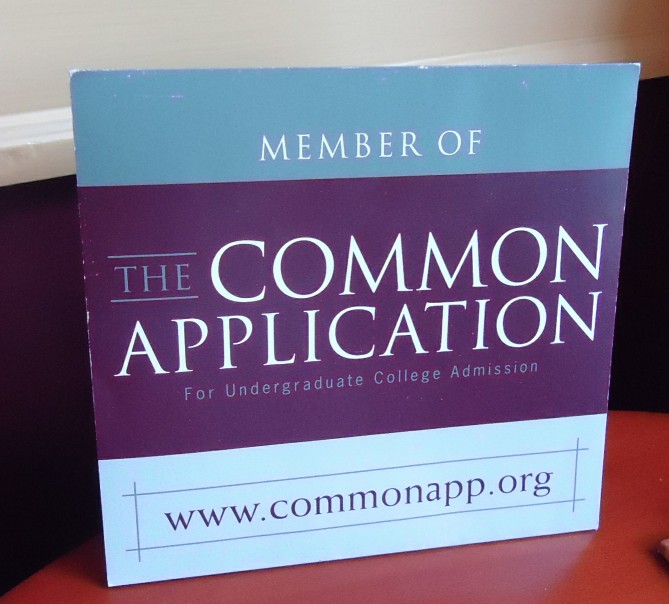



![[DEBATES] Prestigious colleges: value or hype?](https://www.mvviewer.org/wp-content/uploads/2024/12/buildings-1200x654.png)











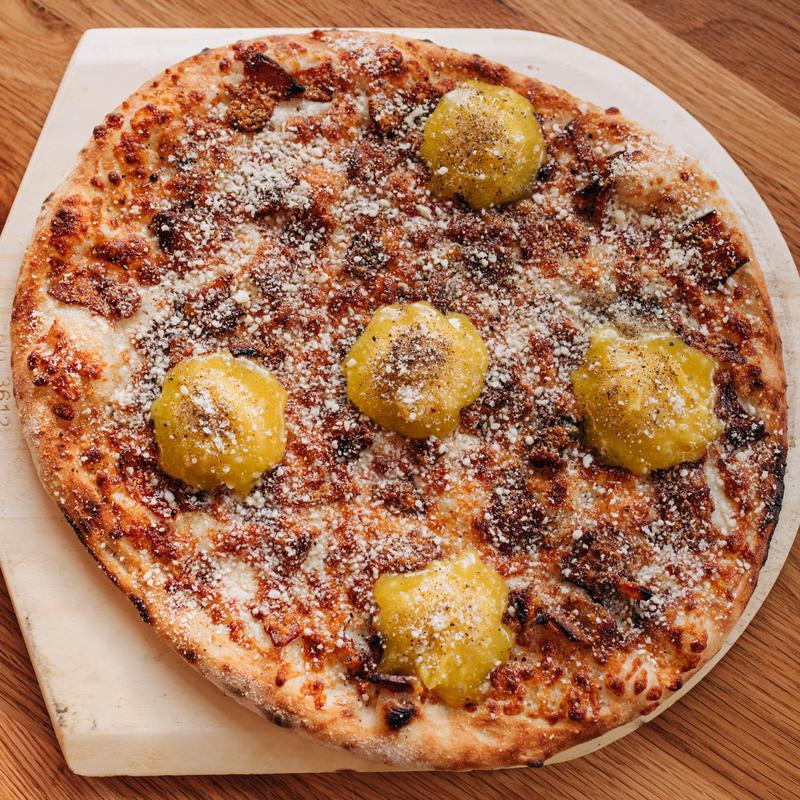






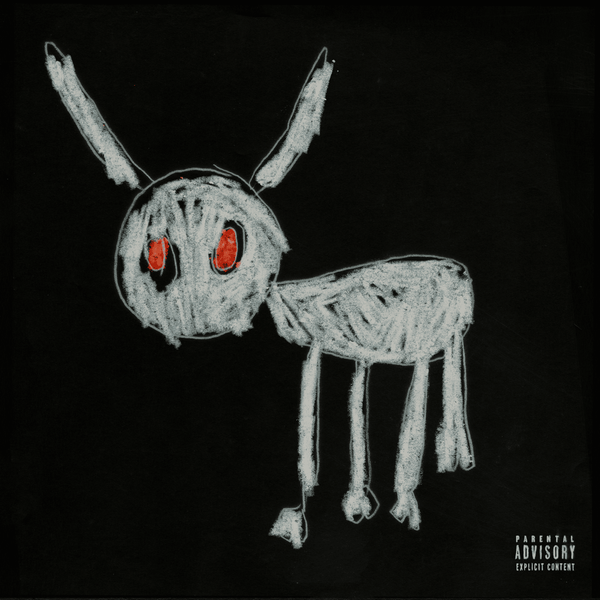




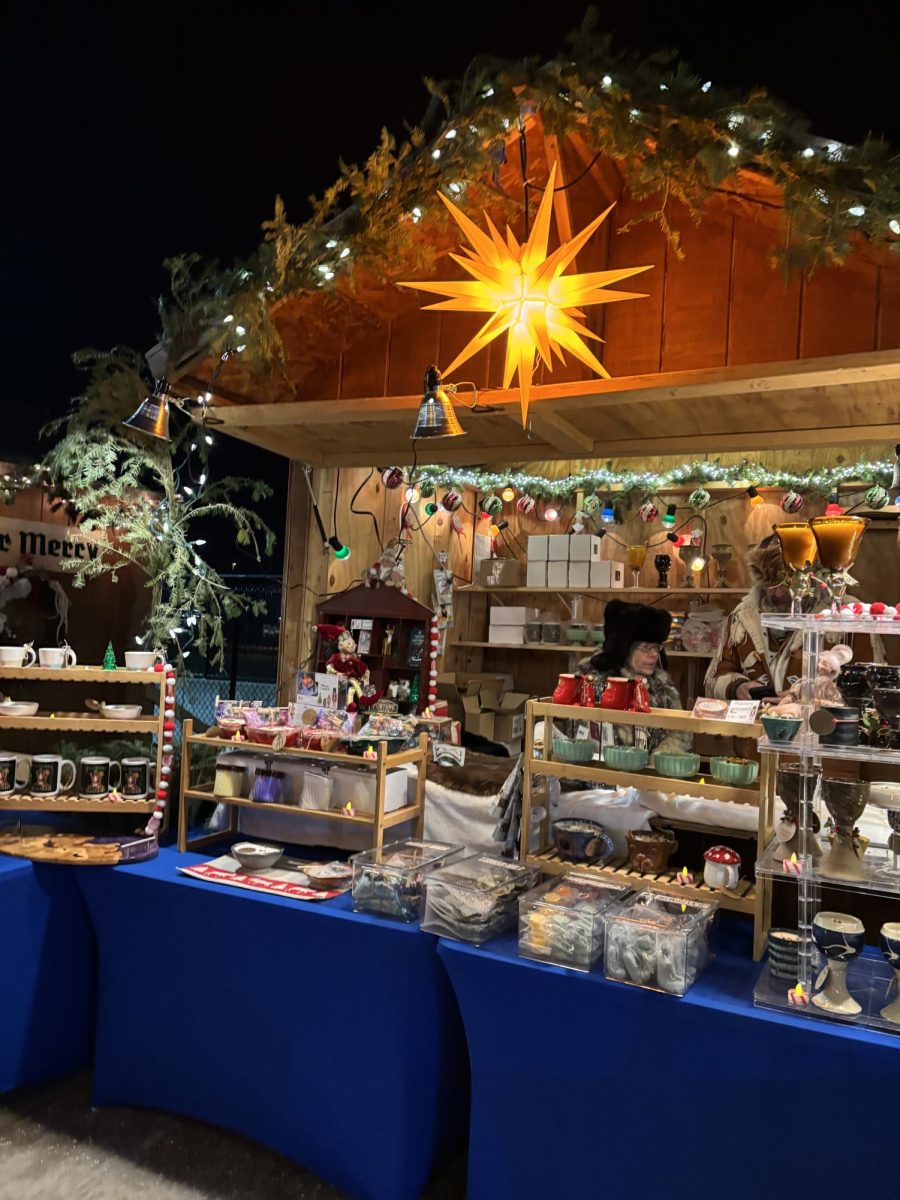

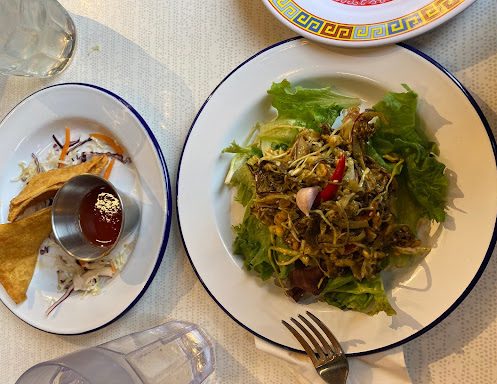






![[OPINION] The dark origins of TikTok's looksmaxxing trend](https://www.mvviewer.org/wp-content/uploads/2024/02/Copy-of-Copy-of-Untitled-Design-1200x675.png)








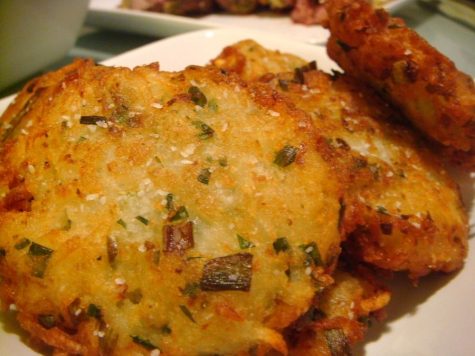
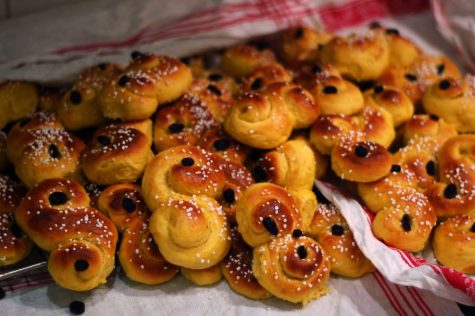

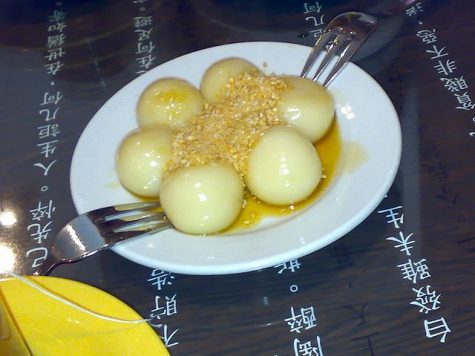



![[DEBATES] Prestigious colleges: value or hype?](https://www.mvviewer.org/wp-content/uploads/2024/12/buildings-600x327.png)



